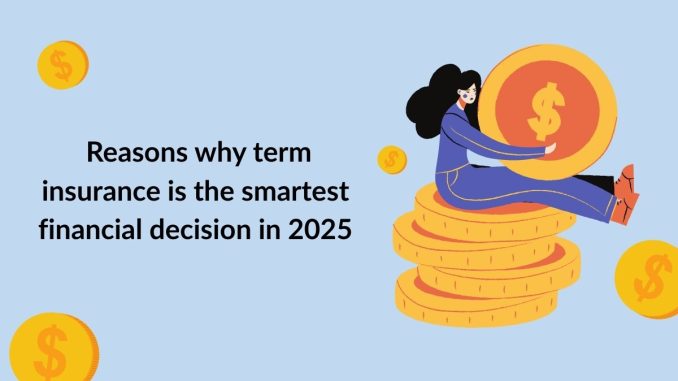
Clarity in insurance decisions is not just a matter of convenience—it’s a cornerstone of financial confidence and long-term security. In a landscape filled with policy jargon, coverage tiers, and fine print, the ability to make clear, informed choices can dramatically influence how well individuals and businesses protect themselves against risk. Insurance is designed to offer peace of mind, but that peace only comes when the terms, benefits, and limitations are fully understood. Without clarity, even the most comprehensive policy can feel uncertain, and uncertainty is the enemy of sound decision-making.
One of the most common challenges in insurance is navigating complexity. Policies often contain language that’s technical, dense, and unfamiliar to the average consumer. Terms like “exclusions,” “endorsements,” “riders,” and “aggregate limits” can obscure the true scope of coverage. When people don’t fully grasp what their policy includes—or more importantly, what it doesn’t—they may assume they’re protected in situations where they’re not. For example, a homeowner might believe their standard policy covers flood damage, only to discover after a disaster that it doesn’t. That misunderstanding can lead to financial strain and emotional stress, both of which could have been avoided with clearer communication and better comprehension.
Clarity also plays a vital role in comparing options. Insurance decisions often involve choosing between multiple providers, plans, and price points. Without a clear understanding of what each policy offers, it’s easy to default to the lowest premium or the most familiar brand. But cheaper isn’t always better, and familiarity doesn’t guarantee fit. A policy with a slightly higher premium might offer broader coverage, lower deductibles, or better customer service. Conversely, a plan that looks attractive on the surface might have hidden limitations that only become apparent during a claim. Clarity allows consumers to evaluate trade-offs intelligently, aligning their choices with their actual needs rather than assumptions.
In business settings, the stakes are even higher. Companies face a wide range of risks—from property damage and liability claims to cyber threats and employee disputes. Choosing the right insurance requires a deep understanding of operational vulnerabilities, regulatory requirements, and contractual obligations. Clarity ensures that coverage is not only adequate but strategic. A business that clearly understands its risk profile can tailor its insurance portfolio to match, avoiding both underinsurance and unnecessary expense. It can also communicate confidently with stakeholders, demonstrating that risk is being managed proactively and responsibly.
The power of clarity extends to the claims process as well. Filing a claim is often a stressful experience, and confusion about what’s covered, how to proceed, or what documentation is required can compound that stress. When policyholders understand their coverage and the steps involved in making a claim, they’re better equipped to act quickly and effectively. They know what to expect, what’s expected of them, and how to advocate for their interests. This transparency fosters trust between insurer and insured, turning a potentially adversarial process into a collaborative one.
Technology has begun to play a transformative role in enhancing clarity. Digital platforms now offer policy summaries, interactive tools, and real-time support that make insurance more accessible and understandable. Consumers can review coverage details, compare options, and even simulate claim scenarios to see how their policy would respond. These innovations reduce reliance on paper documents and dense brochures, replacing them with intuitive interfaces and personalized insights. When people can engage with their insurance in a clear and meaningful way, they’re more likely to use it effectively and view it as a valuable part of their financial strategy.
Education is another key factor. Insurance literacy remains low in many populations, and that gap can lead to poor decisions and unmet expectations. By investing in education—through workshops, webinars, or one-on-one consultations—insurers can empower clients to make smarter choices. When people understand the basics of coverage types, policy structures, and risk management, they become active participants in the process. They ask better questions, spot inconsistencies, and make adjustments as their needs evolve. Clarity, in this context, is not just about simplifying language—it’s about building capability.
Clarity also fosters accountability. When policies are transparent and well-explained, insurers are held to a higher standard. Ambiguities that might otherwise be used to deny claims or delay payments are less likely to occur. Policyholders can point to specific terms, cite documented conversations, and hold providers to their commitments. This dynamic encourages insurers to be more precise, more responsive, and more customer-centric. It creates a marketplace where trust is earned through clarity, not obscured by complexity.
Ultimately, the power of clarity in insurance decisions lies in its ability to transform a traditionally opaque industry into one that supports empowerment and resilience. It allows individuals and businesses to protect what matters most with confidence, knowing that their coverage aligns with their needs and expectations. It turns insurance from a passive product into an active tool—one that supports planning, enables recovery, and reinforces peace of mind. In a world where uncertainty is constant, clarity is not a luxury—it’s a necessity. And when it comes to insurance, it’s the difference between feeling covered and truly being covered.